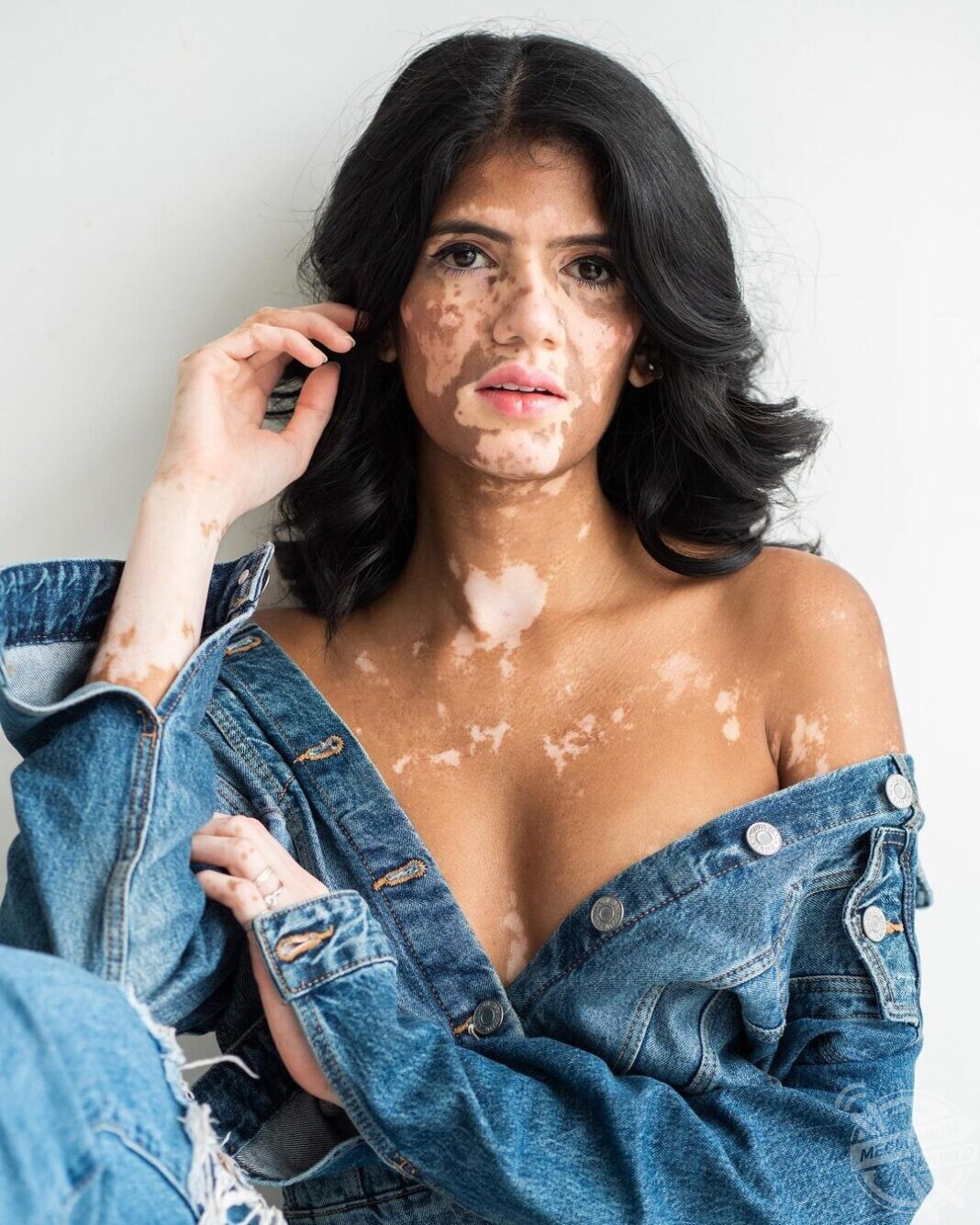By Akanksha Soni
Content creator, body positive activist and model Sonya Danita (28) from Kuala Lumpur, Malaysia developed vitiligo when she was eight years old.
Vitiligo is a long-term condition where pale white patches develop on the skin. It’s caused by the lack of melanin, which is the pigment in the skin.
Sonya’s vitiligo started with a dot on her face and slowly spread all over her face, her hands and her legs up to her knees.

As a child, Sonya grew very self-conscious of her condition, made more so as vitiligo is a rare condition in Malaysia and she was often stared at wherever she went.
Strangers would come up to her in the street and ask her if she was a burn or acid victim or if her parents had poured hot oil on her.
“I was bullied a lot for my vitiligo, a lot of people had presumptions over what I had and stared at me in the streets without shame,” says Sonya.
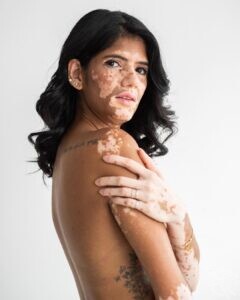
“Strangers came up to me and asked me if I was a burn victim or acid victim or if my parents spilled oil on me.
“They just had like the strangest ideas about what vitiligo is.
“And this trickles back to people not knowing what vitiligo is in general, and because there’s very little representation of it.

“It wasn’t discrimination that I faced by strangers but judgement, they would just stare in this particular way.
“People would just stare at you and they make it very obvious that they’re staring.
“Discrimination also exists in the way that when I started working, there were a couple of instances where I was being looked at, for my skin rather than the qualifications that I possessed.”
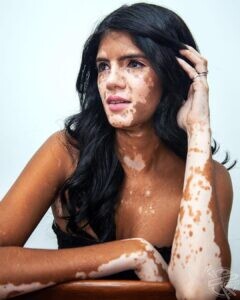
KUALA LUMPUR, MALAYSIA: Content creator, body positive activist and model Sonya Danita (28) from Kuala Lumpur, Malaysia developed vitiligo when she was eight years old. Vitiligo is a long-term condition where pale white patches develop on the skin. It’s caused by the lack of melanin, which is the pigment in the skin. Sonya’s vitiligo started with a dot on her face and slowly spread all over her face, her hands and her legs up to her knees. As a child, Sonya grew very self-conscious of her condition, made more so as vitiligo is a rare condition in Malaysia and she was often stared at wherever she went. Strangers would come up to her in the street and ask her if she was a burn or acid victim or if her parents had poured hot oil on her. mediadrumimages.com/@fyi.photography
Sonya’s parents tried many avenues to cure her vitiligo, spending over $30,000 (£22,000) on failed treatments.
“I tried a lot of treatments to cure vitiligo, I tried ayurvedic medicine, modern medicine, I was a vegetarian for two years but to no avail,” says Sonya.
“I also tried UV light therapy, which is where they put you in this box for ten to fifteen minutes at a time and then gradually they will start increasing the length of time that you’re in that box.
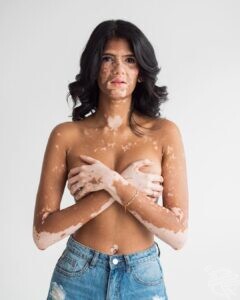
“But my skin is so sensitive I would get a really horrible sunburn from it, and there came a point where my skin just started peeling.
“And then there was another treatment where this doctor told my parents he was injecting me with natural herbs that cured vitiligo.
“And my skin was actually being cured by it, I would say 95% of my skin was back to being brown after a few months of that treatment.
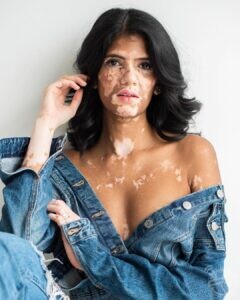
“But I started falling sick a lot and we did a blood test to find out the cause only to find out that the doctor was injecting me with steroids.
“After I stopped taking steroids my skin went right back to normal, it was like the steroids had pressed pause on my vitiligo nothing else.”
Sonya became a model to raise awareness for what vitiligo is and change the standards of beauty in Asian culture.
“I think it’s important especially because, you know, it is my opportunity to really change the way beauty or the way the fashion industry is seen, especially in the Asian culture,” says Sonya.
“I feel like it’s very important to have these conversations because we need to pave the way for future generations
“Especially if we want to create an environment which is more inclusive and more accepting and this one that does not put people into a particular box and expect them to only fit according to that box.
“It’s not only limited to skin colour but even our body sizes, you know, our sexual orientation and just generally who we are as individuals.
“People with vitiligo literally make up 1% of the world’s population. How cool is that?
“Even people with vitiligo, you will never see two people who have the exact same spots in terms of how the patterns are formed or the places that it’s on.
“That’s beautiful, so why not embrace and celebrate it?”

